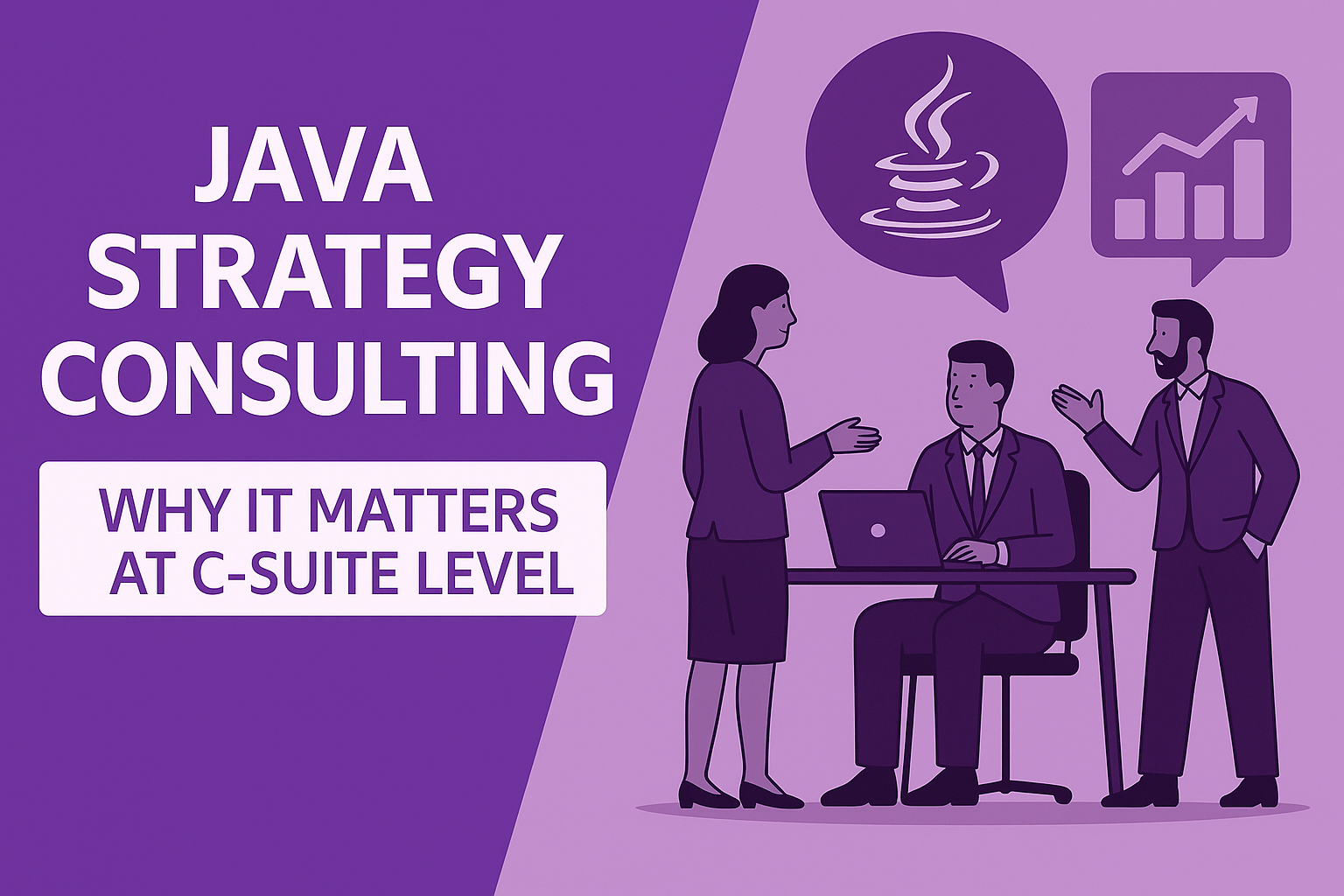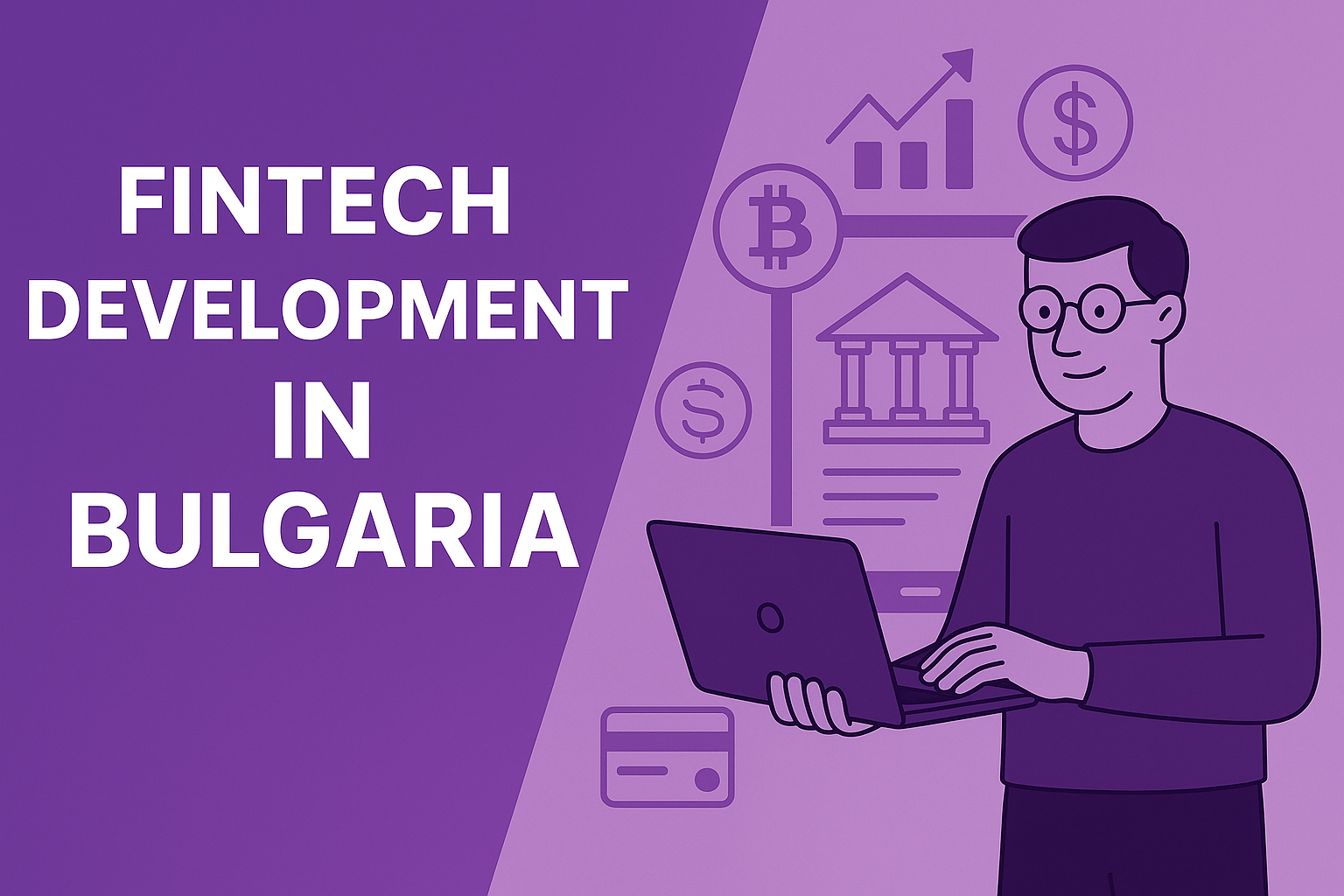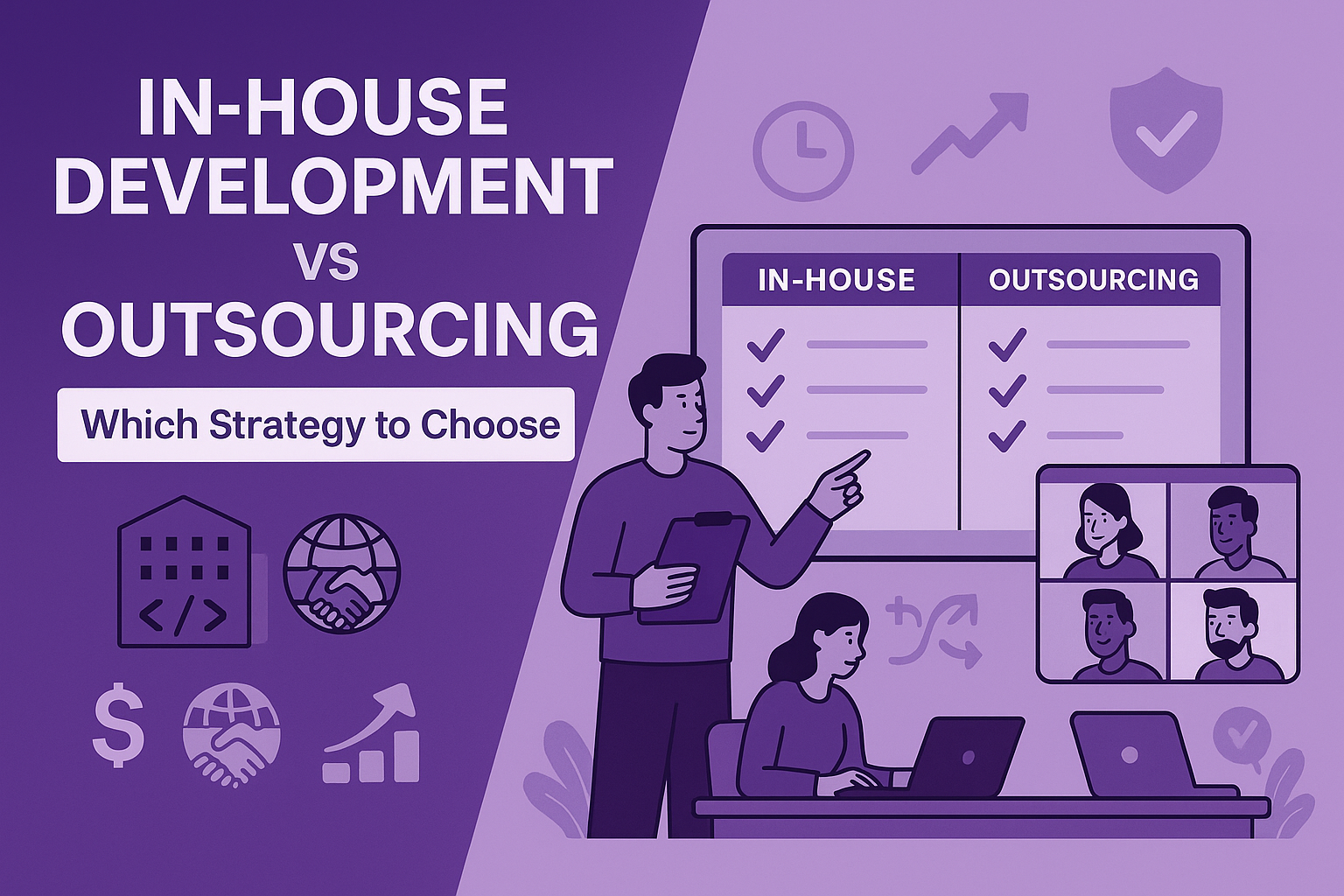1. Advising on Vendor & Oracle Licensing Risk
The Oracle Java Licensing Challenge
- Oracle’s shift to an employee-based licensing model in 2023 has dramatically increased costs, forcing CIOs to license Java for all staff - even if only a fraction actually use it
- It’s now common for organizations to face six-figure annual expenses due to licensing compliance gaps. Surveys reveal that 73% of enterprises have undergone Oracle audits, and 80% are migrating or planning to migrate to open-source Java alternatives—with two-thirds expecting at least 40% in cost savings. (source)
Strategic Consulting Playbook
- Risk assessment & licensing inventory: Conduct a full scope assessment of Java instances - on-prem, cloud, embedded, and third-party - to avoid costly audit findings
- Governance frameworks: Establish central oversight structures to manage Java procurement, deployment, and compliance consistently.
- Diversified runtime strategies: Evaluate and implement OpenJDK distributions (e.g., Amazon Corretto, Azul Zulu) to reduce reliance on Oracle and gain cost stability
Vendor negotiation: Use assessment data to negotiate phased pricing, enterprise-wide caps, or exit options when renewing Java subscriptions
2. Roadmapping Modernization to Java 25 and Beyond
The Modernization Mandate
- Legacy Java systems - often monolithic - are increasingly seen as liabilities: costly to maintain, hard to secure, and difficult to integrate with modern technologies like AI or cloud platforms.
- Hybrid modernization - preserving proven system logic while overlaying cloud-native interfaces - is a strategic path: enabling innovation at the edges, reducing disruption, and keeping compliance intact.
What a Java 25-Ready Consulting Roadmap Looks Like
- Discover & Visualize: Map current Java applications, runtime dependencies, and interconnections using discovery tools and architecture visualization.
- Define Modernization Strategy:
- Replatform: Lift and shift to the cloud with minimal rework.
- Rearchitect: Break monoliths into microservices using frameworks like Spring Boot or Quarkus.
- Hybrid rollout: Use API-strangling and incremental decomposition to modernize safely.
- Replatform: Lift and shift to the cloud with minimal rework.
- Incorporate AI & Automation:
- Use AI-driven discovery and code refactoring to accelerate modernization and reduce manual effort.
- Implement agentic AI-based tooling for migration, especially in analysis and decision-support.
- Use AI-driven discovery and code refactoring to accelerate modernization and reduce manual effort.
- Align with Java 25 Innovations:
Plan to adopt the upcoming Java 25 (LTS) features—performance enhancements, language updates—to future-proof the platform.
3. Aligning Java with Enterprise Transformation Goals
Supporting Cloud-Native, AI, and Cost Efficiency Goals
- Modern cloud infrastructures are increasingly specialized. For example, 72% of IT decision-makers are prioritizing cloud optimization - especially for performance-sensitive and AI workloads. (source)
- AI-powered applications now require database architectures supporting vector search, real-time queries, and RAG workflows. Cloud-native databases like Aurora, DynamoDB, and pgvector are central to this transformation.
- Automating cognitive resource allocation via reinforcement learning can reduce microservices costs by up to 40% while maintaining low latency.
Enterprise Alignment Tactics
- Java for AI workloads: Integrate with cloud-native architectures optimized for AI - ensuring reliable performance, cost control, and scalability.
- Cost-aware Architectures: Use cloud-native strategies - finOps-aligned, right-sized infrastructure - to optimize Java workloads.
- Transformation Roadmap: Tie Java modernization to enterprise strategic goals:
- Ensure cloud-native readiness.
- Enable AI-driven services.
- Deliver agility, visibility, and operational cost predictability.
- Ensure cloud-native readiness.
If you are looking for IT partner to help you with development, contact us to see how we can be helpful!





